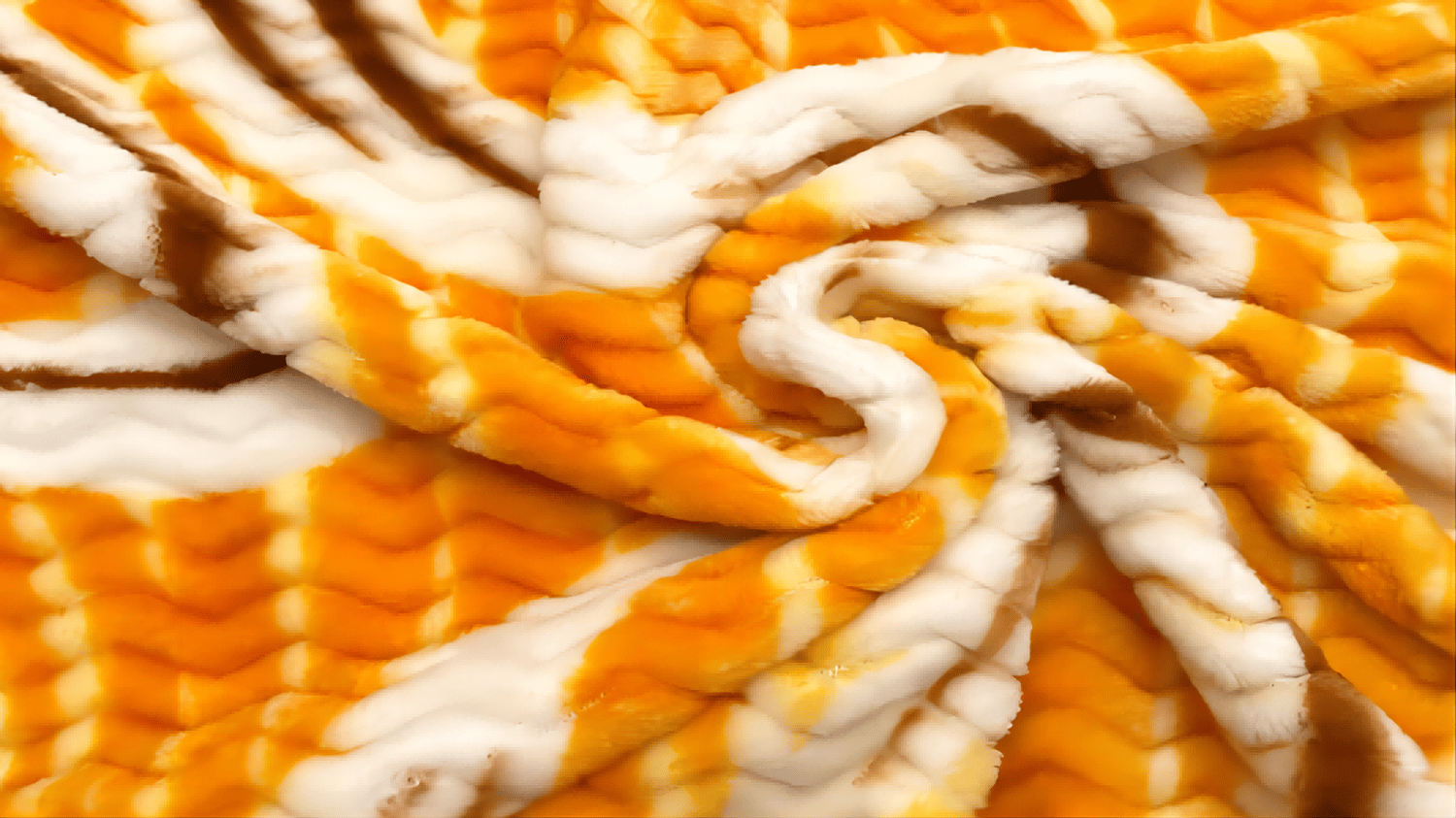Table of Contents

how to make polyester fleece fabric: A Comprehensive Guide
When it comes to warm and cozy fabrics, polyester fleece is a popular choice. Its soft texture and excellent insulation properties make it an ideal fabric for blankets, clothing, and other cold-weather essentials. If you're interested in learning how to make polyester fleece fabric yourself, this comprehensive guide will walk you through the process. From understanding the materials needed to the step-by-step instructions, let's dive into the world of polyester fleece production.
1. Understanding Polyester and Fleece
Polyester is a synthetic fabric derived from petrochemicals. It is known for its durability, wrinkle resistance, and ability to retain shape. Fleece, on the other hand, is a type of fabric that mimics the look and feel of sheep's wool. It is made from polyester fibers that are spun together to create a thick, insulating fabric. Understanding the characteristics of these materials is essential before embarking on the fabric-making process.
2. Choosing the Right Polyester Fiber
When making polyester fleece fabric, selecting the right polyester fiber is crucial. There are various types of polyester fibers available, such as staple fibers and filament fibers. Staple fibers are short and fluffy, while filament fibers are long and continuous. For fleece fabric, the most commonly used polyester fibers are staple fibers. They provide the desired loftiness and warmth that make fleece so cozy.
3. Blending Polyester with Other Fibers
While polyester is the primary component of fleece fabric, it can also be blended with other fibers to enhance certain properties. For example, polyester can be mixed with natural fibers like cotton or wool to improve moisture-wicking capabilities or add extra softness. Blending polyester with other fibers can offer a range of benefits, so consider experimenting with different combinations to achieve the desired characteristics for your fleece fabric.
4. Spinning the Polyester Fibers
Once you have selected the appropriate polyester fibers, the next step is spinning them into yarn. This process involves twisting the fibers together to create a continuous strand. There are various methods for spinning polyester fibers, including ring spinning, open-end spinning, and air-jet spinning. Each method has its own advantages and produces different qualities of yarn. Choose the spinning technique that suits your requirements for the fleece fabric.
5. Knitting or Weaving the Fabric
After spinning the polyester fibers into yarn, the next step is to knit or weave the fabric. Knitting and weaving are two different techniques for creating a fabric structure. Knitted fleece fabric is typically softer and more stretchable, while woven fleece fabric tends to be more stable and less prone to pilling. Consider the intended use of the fleece fabric when deciding whether to knit or weave it.
6. Finishing the Fabric
Once the fabric structure is complete, it undergoes a finishing process to enhance its properties. This typically involves treatments such as brushing, shearing, or napping. Brushing raises the surface fibers to create a fluffy texture, while shearing removes any excess fibers for a smoother appearance. Napping involves mechanically brushing the fabric to create a fuzzy surface. Finishing techniques can greatly affect the final look and feel of the polyester fleece fabric.
7. Dyeing and Printing
After the fabric is finished, it can be dyed or printed to add color and patterns. Polyester is known for its excellent dyeability, allowing for vibrant and long-lasting colors. Dyeing can be done using various methods, such as immersion dyeing or printing. Printing techniques like screen printing or digital printing can be used to create intricate designs on the fabric. Choose the dyeing and printing methods that best suit your desired outcome.
8. Quality Control
Ensuring the quality of the polyester fleece fabric is essential for its performance and longevity. Conducting thorough quality control checks throughout the production process is crucial. This includes checking for any defects, such as holes, tears, or uneven dyeing. It is also important to test the fabric for its insulation properties, durability, and colorfastness. By maintaining strict quality control measures, you can produce high-quality polyester fleece fabric that meets the desired standards.
9. Environmental Considerations
As a responsible fabric manufacturer, it's crucial to consider the environmental impact of your production process. Polyester is a synthetic fabric made from petrochemicals, which are non-renewable resources. However, there are sustainable alternatives available, such as recycled polyester. Using recycled polyester fibers can help reduce the carbon footprint associated with polyester production. Additionally, implementing eco-friendly dyeing and finishing processes can minimize the environmental impact of polyester fleece fabric production.
10. Applications of Polyester Fleece Fabric
Polyester fleece fabric has a wide range of applications due to its excellent insulation properties and soft texture. It is commonly used for making blankets, jackets, sweatshirts, hats, and scarves. The warmth and comfort provided by polyester fleece make it a popular choice for outdoor clothing and cold-weather accessories. Additionally, fleece fabric can be used as lining material for gloves, boots, and bags. Its versatility and performance make it a sought-after fabric in the textile industry.
